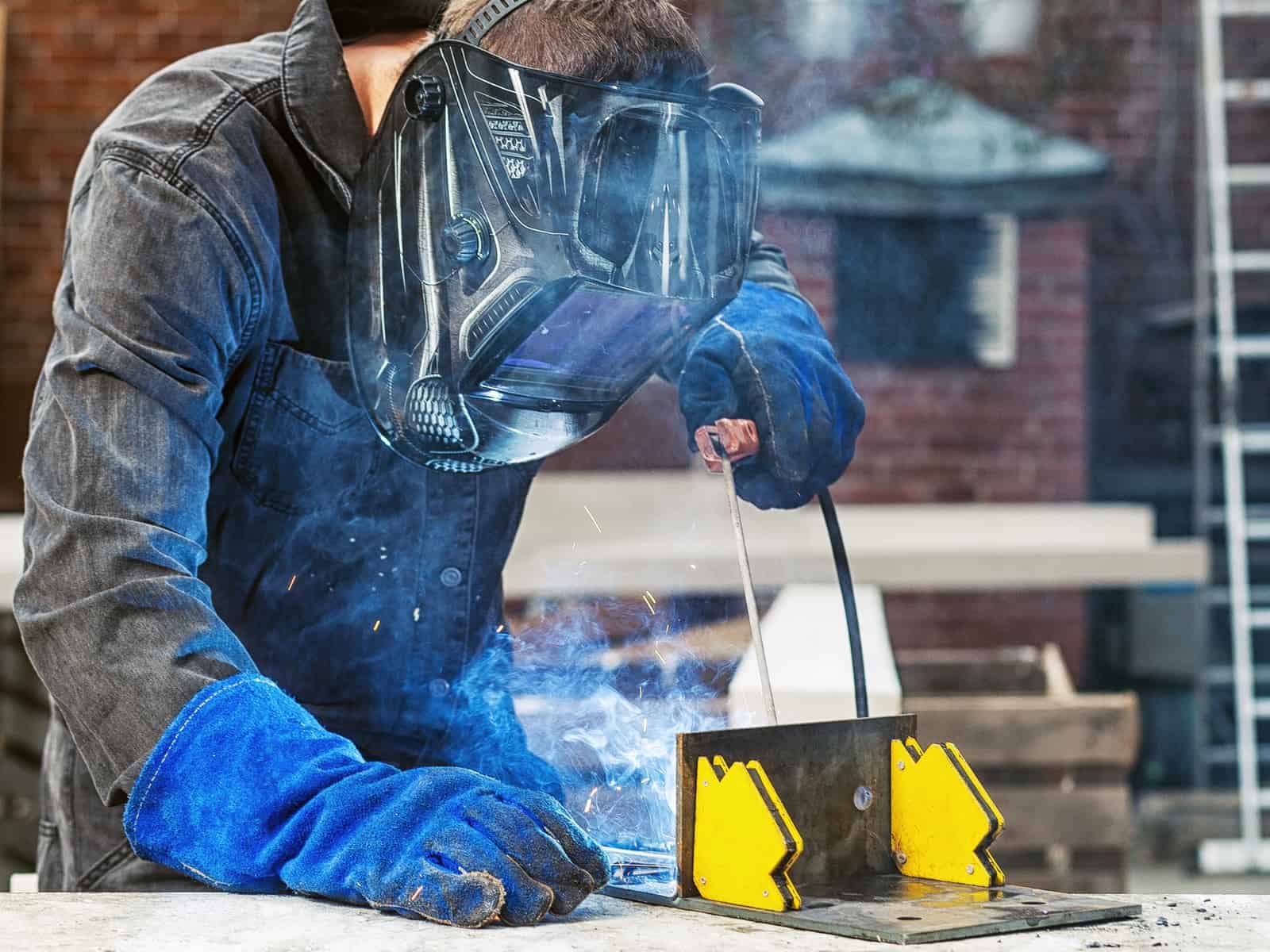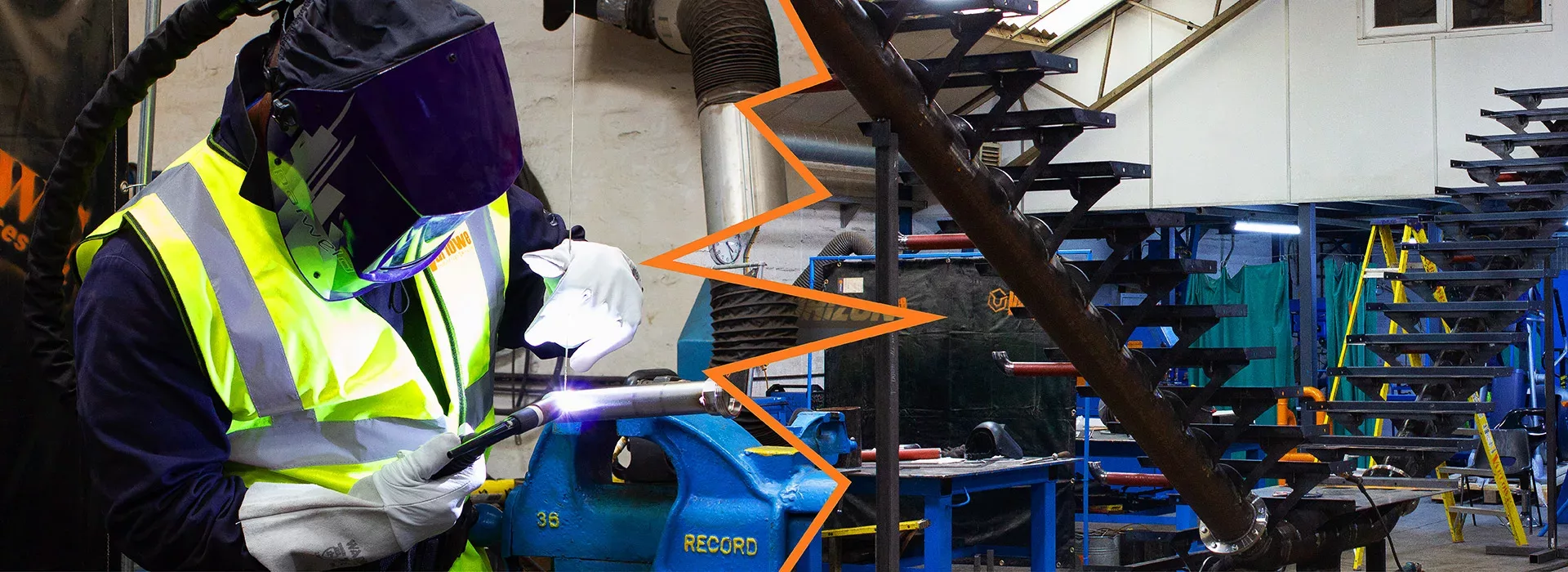Prevent welding failures with guidance by Montana Mobile Welding and Repair Belgrade Fabrication
All Concerning Welding: Key Insights Into Techniques and Finest Practices for Success
Welding includes a range of strategies, each fit for particular materials and applications. Recognizing these techniques, such as GMAW, SMAW, and TIG, is necessary for accomplishing perfect results. Furthermore, the ideal equipment and safety methods can not be neglected. As prep work and fixing play important functions in the welding procedure, understanding these aspects can substantially improve the high quality of the last product. What are the key factors that ensure a successful weld?
Comprehending Different Welding Techniques
Welding techniques incorporate a selection of techniques, each matched to particular applications and products. Amongst one of the most typical methods are Gas Steel Arc Welding (GMAW), Protected Steel Arc Welding (SMAW), and Tungsten Inert Gas Welding (TIG) GMAW, also understood as MIG welding, is popular for its rate and convenience, making it perfect for slim materials. SMAW, or stick welding, is preferred for its simplicity and efficiency in outdoor atmospheres, specifically with thicker steels. TIG welding offers precision and control, making it ideal for intricate work and non-ferrous metals (Belgrade Fabrication). Each strategy has its one-of-a-kind advantages and factors to consider, permitting welders to pick the most effective technique based upon the project's demands, material type, and wanted outcomes. Understanding these methods is necessary for effective welding
Essential Welding Devices and Tools
While numerous welding methods require details skills, the right tools and devices are just as vital for attaining top quality outcomes. Essential welding devices includes welding equipments, which differ depending on the method-- such as MIG, TIG, or stick welding. Protective equipment, consisting of handwear covers, safety helmets, and aprons, guarantees safety and security and comfort throughout the process. In addition, clamps and fixtures aid protect products in position, guaranteeing accuracy in welds. Consumables like welding poles, cord, and protecting gas are likewise vital elements that affect the quality of the weld. In addition, devices such as mills and cutters help with surface area prep work and post-weld completing, contributing to an expert result. Investing in high-grade equipment eventually improves the performance and efficiency of welding tasks.
Safety Practices in Welding
Proper safety and security methods are vital in the welding sector to secure employees from potential risks. Welders must wear appropriate individual safety devices (PPE), consisting of helmets with proper shading, gloves, and flame-resistant apparel. Appropriate ventilation is essential to lower direct exposure to dangerous fumes and gases created throughout the welding procedure. Additionally, workers must be learnt the correct handling of welding devices to stop mishaps. Fire precaution, such as keeping flammable materials away from the welding location and having fire extinguishers easily available, are necessary. Routine assessments of tools and workspaces can aid recognize prospective hazards before they lead to mishaps. By sticking to these safety and security techniques, welders can produce a safer working atmosphere and minimize threats connected with their profession.
Preparing Materials for Welding
Preparing products for welding is a crucial action that greatly influences the quality and integrity of the end product (Welding). Appropriate preparation entails cleaning the surfaces to remove pollutants such as dirt, rust, and oil, which can endanger the weld. Techniques such as grinding, fining sand, or making use of solvents are commonly employed to attain a clean surface. Additionally, making certain that the products fit together well is crucial; voids can lead to weak welds. It's likewise important to think about the positioning and positioning of the elements, as this will certainly impact the ease of welding and the last outcome. Choosing the appropriate filler product and making sure compatibility with the base metals is essential for achieving solid, sturdy welds.
Tips for Achieving High-Quality Welds
Attaining top notch welds calls for focus to information and adherence to ideal methods throughout the welding process. Proper joint prep work is necessary, ensuring surfaces are cost-free and clean from pollutants. Picking the appropriate filler material and welding technique based on the base metals is critical for ideal bonding. Keeping constant traveling rate and angle while welding can advertise and stop issues harmony. Furthermore, controlling heat input is important; excessive heat can result in bending and deteriorated joints. If required, frequently checking the welds throughout the procedure allows for immediate modifications. Employing proper post-weld treatments, such as cleansing and stress relief, can enhance the toughness and integrity of the weld, inevitably ensuring a successful result.
Troubleshooting Common Welding Issues
Welding frequently offers challenges that can influence the high quality and honesty of the last item. Common issues such as porosity, inconsistent weld grains, and getting too hot can occur, each calling for details fixing methods. Understanding these problems is important for welders to enhance their abilities and achieve perfect outcomes.
Porosity Problems Described
Porosity can often be overlooked, it continues to be a crucial issue in welding that can compromise the stability of a finished product. Porosity describes the existence of tiny gas pockets within the weld grain, which can lead and compromise the joint to early failing. This problem normally emerges from impurities, dampness, or inappropriate securing gas coverage throughout the welding process. To minimize porosity, welders should verify that the base products are tidy and completely dry, utilize ideal protecting gases, and maintain constant welding specifications. Routinely evaluating the devices and atmosphere can likewise assist identify prospective issues before they manifest in the weld. Attending to porosity properly is essential for accomplishing strong, long lasting welds that meet quality standards.

Irregular Weld Beads
Irregular weld grains can greatly influence the high quality and toughness of a completed product. Various variables add to this issue, including inappropriate travel speed, incorrect amperage settings, and inconsistent electrode angles. When the welder moves also rapidly, a grain may show up slim and lack infiltration, while relocating too best site gradually can cause extreme build-up. Furthermore, using the wrong amperage can cause either damaging or too much spatter, both of which compromise weld stability. The welder's method, such as irregular lantern motion, can likewise result in uneven bead look. To mitigate these problems, welders must focus on preserving stable, controlled movements and ensuring proper devices setups to attain harmony in their welds. Consistency is vital to achieving strong and reliable welds.
Getting Too Hot and Warping Issues
Too much heat throughout the welding process can cause considerable getting too hot and buckling issues, influencing the architectural stability of the work surface. These problems usually show up as distortion, which can endanger alignment and fit-up, making additional setting up testing. Variables adding to overheating consist of the choice of welding parameters, such as voltage and take a trip rate, along with the sort of material being welded. To minimize these concerns, welders ought to preserve constant traveling rate and appropriate warmth input while monitoring the work surface temperature level. Furthermore, pre-heating or post-weld warmth therapy can aid ease stress and anxieties brought on by rapid air conditioning - Montana Mobile Welding and Repair Belgrade. Routine assessment and adherence to ideal methods are crucial in stopping overheating and guaranteeing the durability and integrity of bonded frameworks
Regularly Asked Inquiries
What Are the Job Opportunities in the Welding Sector?
The welding market offers diverse occupation chances, consisting of positions as welders, engineers, teachers, and examiners. Professionals can operate in production, construction, aerospace, and auto fields, gaining from strong demand and affordable wages in different duties.
Exactly How Can I Improve My Welding Speed Without Compromising Top Quality?
To improve welding speed without giving up high quality, one should exercise effective strategies, keep tools, enhance settings, and improve hand-eye control. Routine training and looking for comments can additionally significantly add to attaining quicker, top notch welds.
What Certifications Are Available for Welders?
Various certifications exist for welders, including those from the American Welding Culture (AWS), the National Center for Building Education And Learning and Research (NCCER), and different industry-specific organizations. These qualifications enhance employability and demonstrate skill proficiency.
Just How Does Welding Influence the Qualities of Metals?
Welding influences the residential properties of steels by changing their microstructure, which can result in adjustments in firmness, ductility, and toughness. Warm input and air conditioning rates throughout the process considerably influence these product qualities.
Can I Weld Dissimilar Metals With Each Other?
